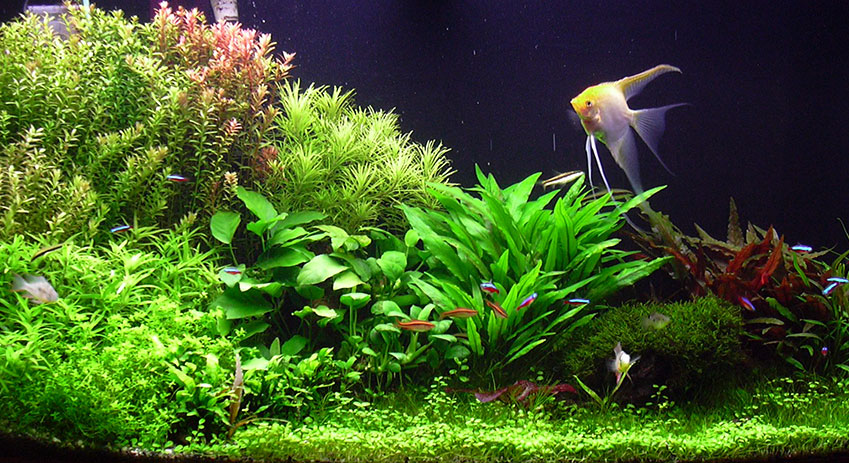Aquatic Plant Fertilizers – Unlocking the Secrets to Healthier, Vibrant Aquatic Gardens
Aquatic gardens are a serene addition to any space, offering a unique blend of tranquility and natural beauty. However, maintaining a vibrant and healthy aquatic garden requires more than just water and sunlight. The secret lies in the right aquatic plant fertilizers, which provide essential nutrients to promote robust growth and vibrant colors. Understanding the types and applications of these fertilizers is crucial for any aquatic gardener aiming to achieve a flourishing underwater oasis. Aquatic plants require a balanced diet of nutrients to thrive. These nutrients are broadly classified into macronutrients and micronutrients. Macronutrients, which are needed in larger quantities, include nitrogen N, phosphorus P, and potassium K. These are often referred to as NPK and form the primary components of most fertilizers. Nitrogen is essential for leaf growth, phosphorus promotes root and flower development, and potassium is crucial for overall plant health and disease resistance. A deficiency in any of these nutrients can lead to poor plant health, stunted growth, and a lackluster appearance.
Aquatic plant fertilizers come in various forms, each catering to different needs and preferences. The three main types are liquid fertilizers, root tabs, and substrate fertilizers.
Liquid Fertilizers – These are popular for their ease of use and immediate availability to plants. The aquatic plant fertilisers are added directly to the water column, making nutrients readily accessible to plants through their leaves and roots. Liquid fertilizers are ideal for tanks with a high density of plants or those with species that absorb nutrients primarily through their leaves.

Root Tabs – These are solid, nutrient-rich tablets that are placed directly into the substrate. Root tabs slowly release nutrients over time, making them perfect for plants with extensive root systems, such as swords and crypts. They provide a steady supply of nutrients directly to the plant roots, promoting strong root development and healthy growth.
Substrate Fertilizers – These are mixed into the substrate and provide a long-term nutrient source for plants. They are particularly useful in new setups or when replanting, as they enrich the substrate with essential nutrients that support initial plant growth and establishment.
Consistency is Key – Regular fertilization is crucial for maintaining nutrient levels. Establish a routine and monitor plant health to adjust the dosage as needed.
Avoid Over-Fertilization – Excess nutrients can lead to algae blooms, which can outcompete plants for resources and create an unsightly tank. Follow recommended dosages and observe your tank’s response.
Supplement with CO2 – Many aquatic plants benefit from additional CO2 supplementation, which can enhance nutrient uptake and promote vigorous growth. CO2 injection systems or liquid carbon supplements can be used to boost plant health.
Monitor Water Quality – Regularly test water parameters to ensure a balanced environment. Maintaining optimal levels of nutrients, CO2, and light is crucial for a thriving aquatic garden.
Unlocking the secrets to a healthy and vibrant aquatic garden lies in understanding and effectively using aquatic plant fertilizers. By providing the right balance of nutrients and monitoring your tank’s specific needs, aquarium plant fertilisers can create a stunning underwater landscape that showcases the natural beauty of aquatic plants. Whether you are a novice or an experienced aquarist, the proper use of fertilizers can transform your aquatic garden into a flourishing haven of greenery and color.


